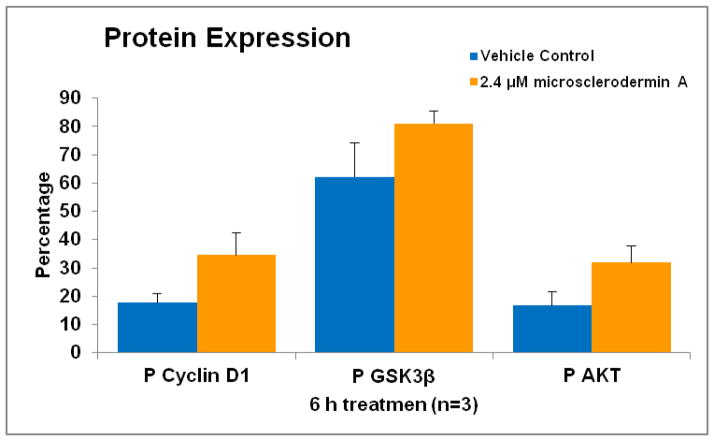Figure 6. Possible involvement of the Glycogen Synthase Kinase 3 beta pathway in NFκB inhibition by microsclerodermin A.
Graphical representation of the flow cytometry data for intracellular staining of AsPC-1 cells treated for 6 hours with 2.4μM microsclerodermin A or vehicle control. Data shown is the average of 3 experiments, error bars represent standard error of the mean. The levels of phosphorylated (inactive) GSK3β, phosphorylated AKT and phosphorylated cyclin D1 are increased by treatment of AsPC-1 cells with microsclerodermin A. These increases suggest that microsclerodermin A may inhibit NFκB through inactivation of the GSK3β signaling pathway. However, none of these increases was statistically significant using a student’s T test.

